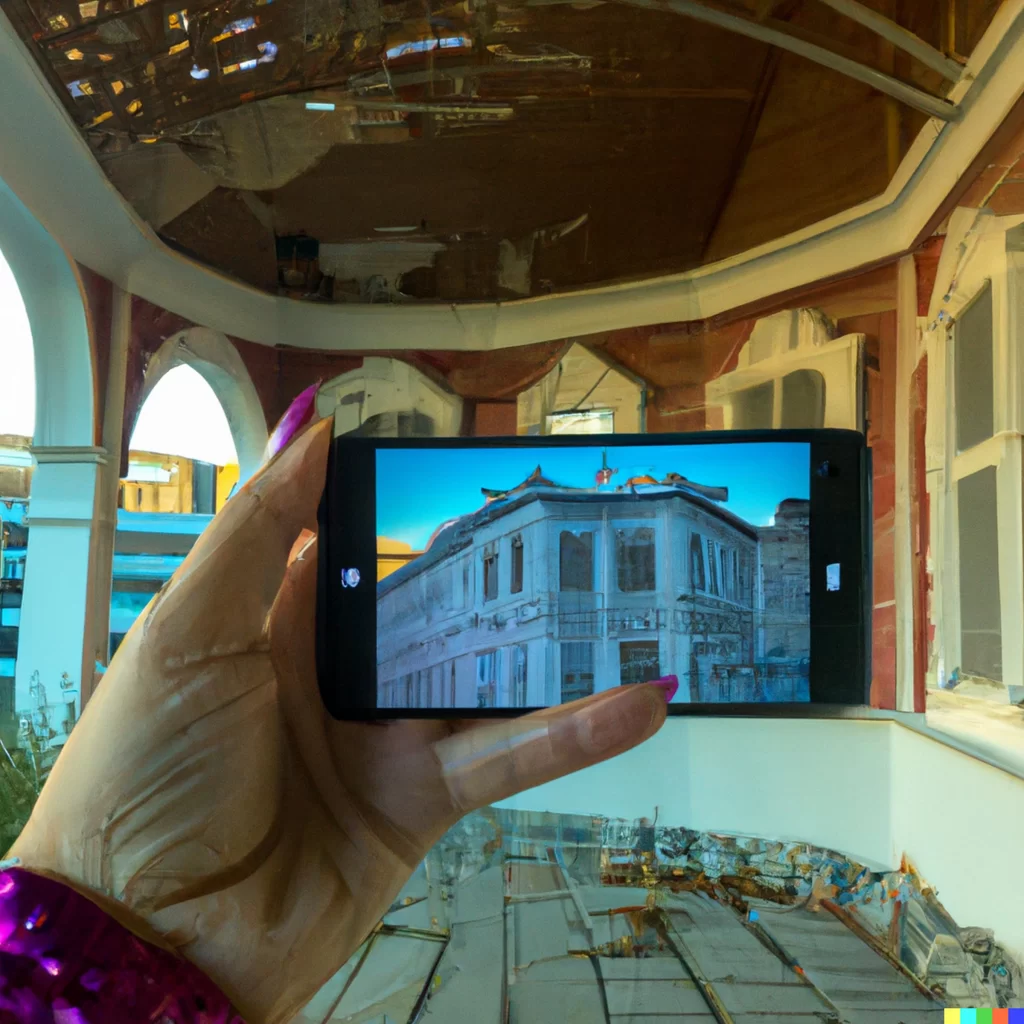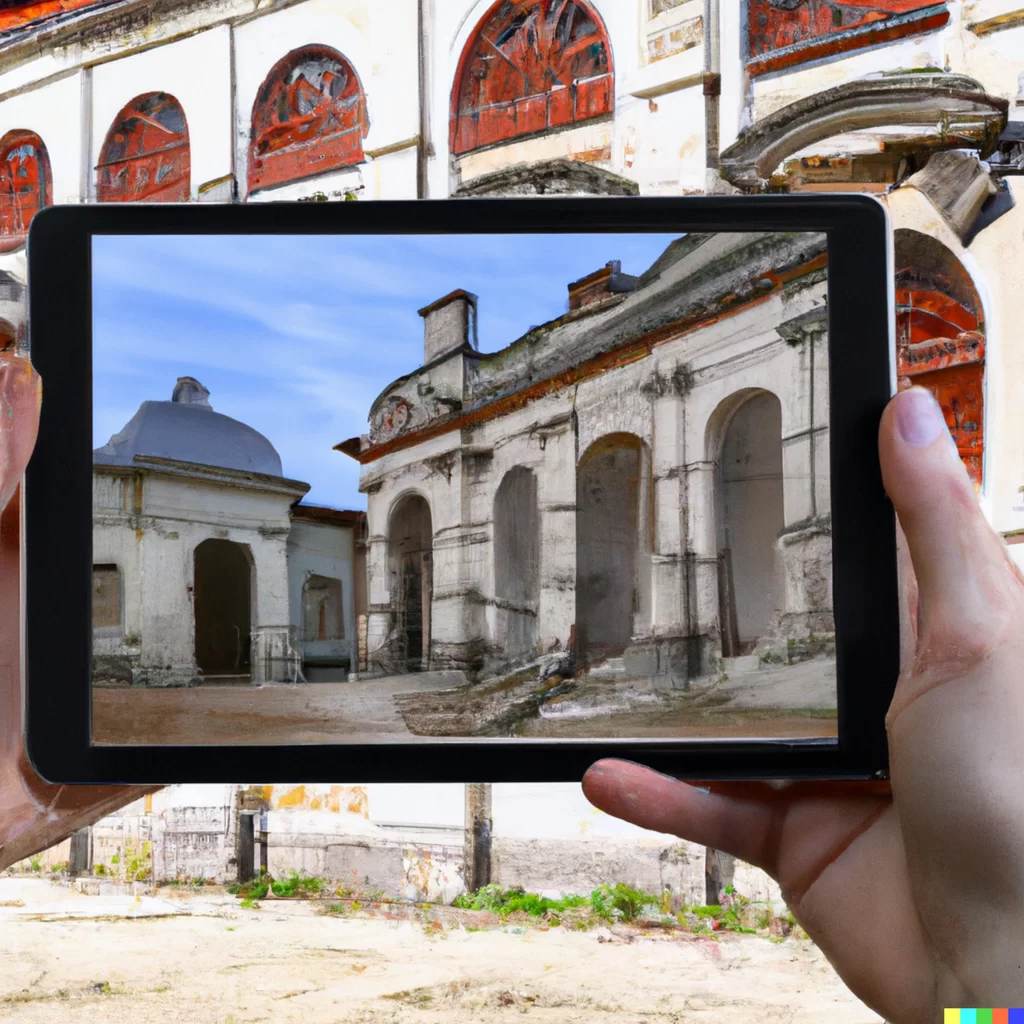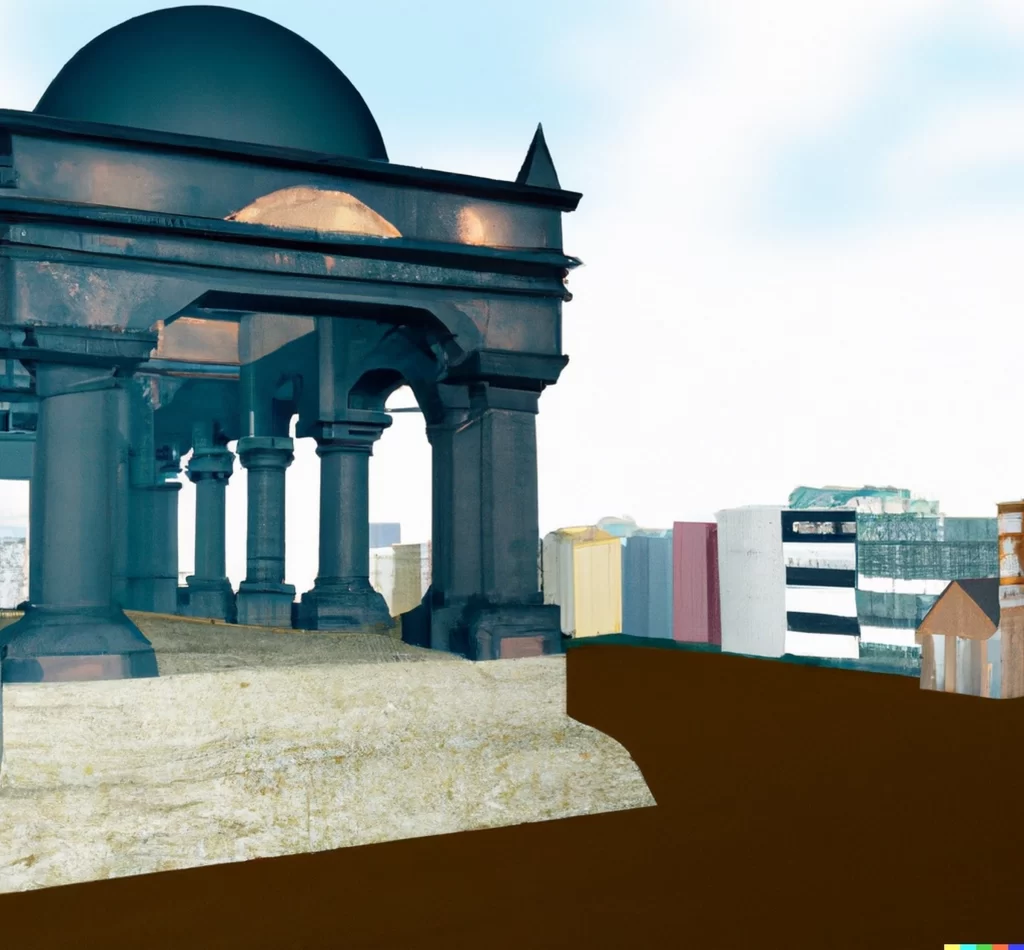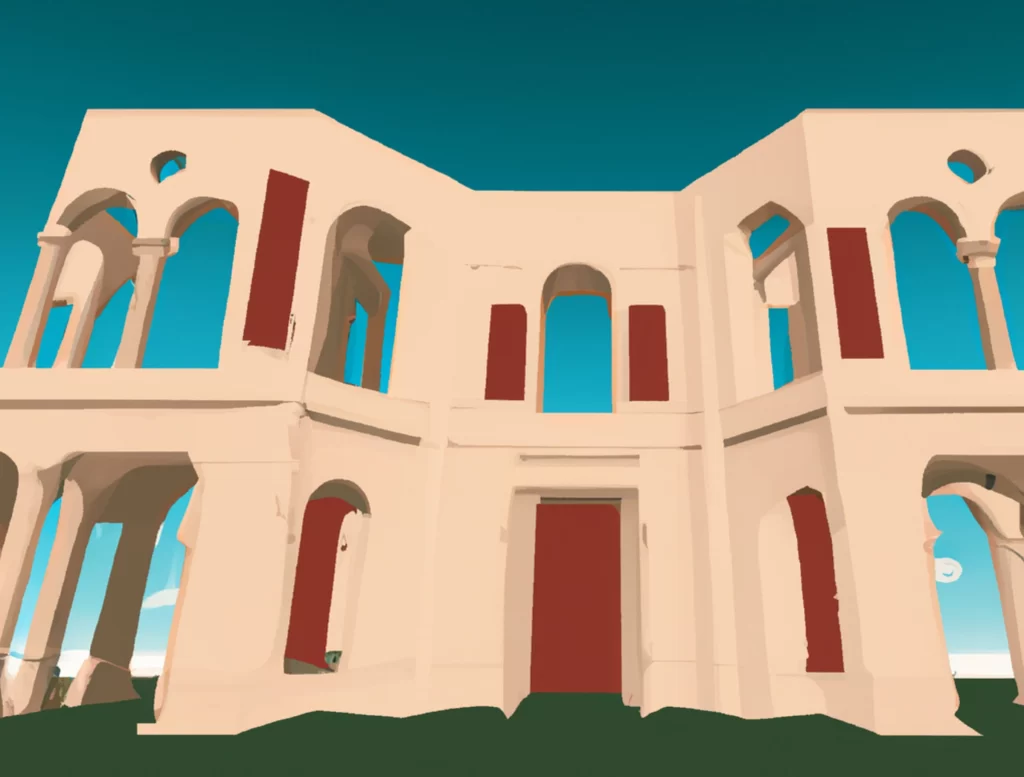The use of the metaverse, a virtual shared space that allows users to interact with one another in a digital environment, can be a powerful tool for preserving our historic culture and history of architecture. Here are a few ways in which this technology can be used:
- Virtual tours: Using the metaverse, users can take virtual tours of historic buildings and sites, allowing them to explore and experience these places in a way that would otherwise be impossible. This can be especially useful for preserving sites that are at risk of being lost due to natural disasters, development, or other factors.
- Virtual reconstructions: The metaverse can also be used to create virtual reconstructions of historic buildings and sites that have been lost or destroyed. These reconstructions can be based on historical records, photographs, and other sources, and can be used to give users a sense of what these places looked like in the past.
- Cultural education: The metaverse can be used as a tool for educating people about the history and culture of a particular place or time period. For example, virtual exhibits can be created that explore the architecture and design of a specific historical era, allowing users to learn about the styles and influences that shaped the built environment of the past.
- Virtual Preservation: Virtual preservation is the process of preserving and maintaining digital copies of physical artifacts. The metaverse can be used to create a virtual museum where users can explore and interact with digital copies of historical artifacts, such as sculptures, paintings, and other works of art. This way, the original artifacts can be protected and preserved for future generations, while still allowing people to experience and learn from them.
- Collaboration: The metaverse can also be used to facilitate collaboration between historians, architects, and other experts working to preserve our historic culture and history of architecture. By creating a virtual space where these experts can share information, resources, and ideas, the metaverse can help to accelerate the pace of research and preservation efforts.

In order to effectively use the metaverse to preserve our historic culture and history of architecture, it is important to ensure that the virtual environments created are accurate and authentic. This can be achieved by working with experts in the field, such as historians and architects, to ensure that the virtual reconstructions and exhibits are based on accurate and reliable historical sources. Additionally, it is important to ensure that the virtual environments are accessible and user-friendly, so that people of all ages and backgrounds can explore and learn from them.

Overall, the metaverse has the potential to be a powerful tool for preserving our historic culture and history of architecture. By creating virtual tours, reconstructions, and exhibits, the metaverse can help to educate people about the past and allow them to experience and appreciate historical sites and buildings in a new and exciting way. Additionally, by facilitating collaboration between experts working to preserve our cultural heritage, the metaverse can help to accelerate the pace of research and preservation efforts.













